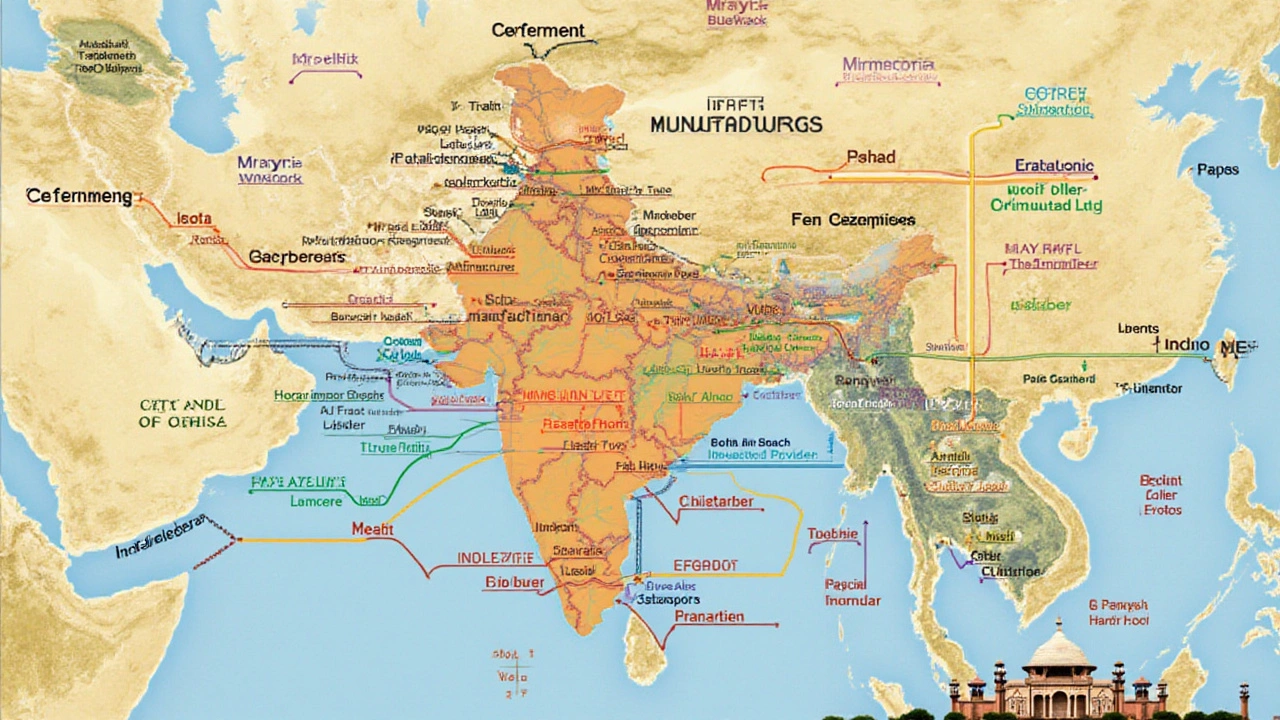Government Initiatives Shaping India’s Manufacturing Landscape
If you’re in the manufacturing game, you’ve probably heard the buzz around government schemes. They’re not just headlines – they’re real tools that can cut costs, speed up approvals, and open new markets. Let’s break down what’s on the table and how you can actually use it.
Key Schemes Driving Growth
First up, Make in India – a flagship program that offers tax breaks, easier land acquisition, and priority funding for sectors like pharma, electronics, and automotive. The scheme also bundles state‑level incentives, so a factory in Gujarat might get lower power tariffs while one in Tamil Nadu enjoys faster clearances.
Another big player is the Production Linked Incentive (PLI) scheme. It promises cash rewards based on the value of goods you produce locally. Think of it as a performance bonus from the government if you hit export or domestic sales targets. PLI covers high‑tech areas such as medical devices, renewable energy equipment, and advanced textiles.
The Credit Guarantee Fund Trust for Micro and Small Enterprises (CGTMSE) is often overlooked but vital for small‑scale manufacturers. It backs loans up to ₹2 crore without demanding collateral. That means you can get working capital to buy machinery or upgrade a production line without worrying about asset locks.
Don’t forget the National Manufacturing Competitiveness Programme (NMCP). It focuses on skill development, technology upgradation, and process improvement. Companies that join can access training modules, consultancy, and even subsidies for automation.
How Businesses Can Leverage Government Support
Start by mapping your project to the right scheme. A quick check of eligibility criteria (often a simple checklist on the Ministry’s portal) tells you if you qualify for tax holidays, capital subsidies, or export incentives. If you’re unsure, the “single window clearance” system lets you submit all required documents in one go and tracks the approval status.
Next, build a solid business case. Government bodies look for measurable outcomes – projected job creation, export potential, and technology transfer plans. Draft a clear plan that shows numbers, timelines, and how the incentive will boost your bottom line.
Networking helps a lot. Join industry associations like CII or FICCI; they run regular webinars with policy makers and often share early‑bird updates about new schemes. Being in the loop can give you a head start before the official announcement.
Finally, keep compliance simple. Most schemes require periodic reporting – sales figures, export data, or employment numbers. Use a spreadsheet or basic ERP to track these metrics from day one. Staying on top of reporting avoids penalties and keeps the incentive flowing.
Bottom line: government initiatives aren’t just high‑level slogans. They’re practical levers you can pull to reduce costs, access finance, and grow faster. Identify the right scheme, prepare a data‑backed proposal, and stay on top of compliance. With those steps, you’ll turn policy into profit and help drive India’s manufacturing boom.
Understanding Manufacturing's Role in Government Schemes
Manufacturing is a vital sector that influences the government policies and schemes significantly. Understanding which department manufacturing falls under can aid in grasping its impact on the economy and policy implementations. With various government schemes targeting manufacturing initiatives, recognizing these associations can be crucial for stakeholders. Let's explore how manufacturing is positioned within governmental structures and its implications for related policies.
Read More


